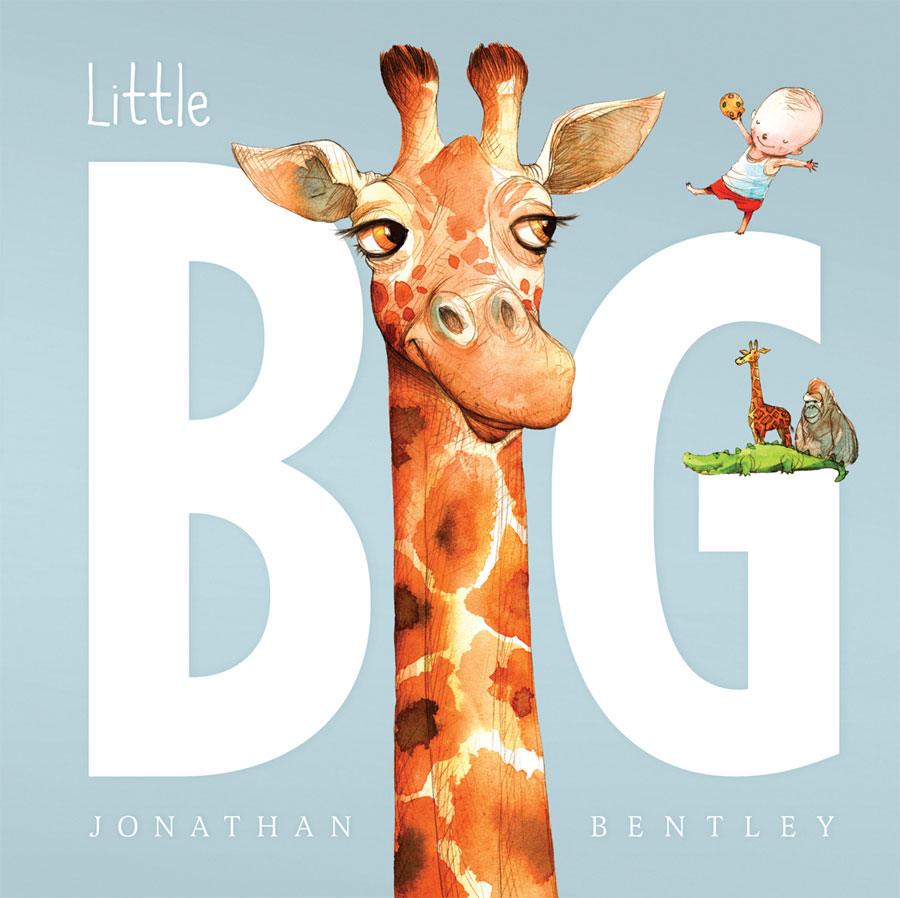J.M. Field (text) & Jeremy Worrall (illustrator), Etta and the Shadow Taboo, Hardie Grant, June 2023, 32 pp., $27.99 (hbk), ISBN 9781760509798

In the story Etta and the Shadow Taboo there is a valuable lesson to be learned. Etta is completely unaware of the cultural tradition where one must avoid stepping on the shadows of others, because this action can be deemed harmful or disrespectful. Etta learns about the value of this Gamilaraay tradition the hard way when she stands on her baawaa’s (sister’s) shadow. Guided by the spirit tree, Etta learns the importance of respecting peoples’ personal spaces – and the significance of safeguarding her own personal space – and following a heartfelt apology to her baawaa, promises to always ask herself:
The spirit tree knows
The spirit tree cares
Where is my shadow?
And where is theirs?
Written by Gamilaraay author J.M. Field, the cultural belief of the “Shadow Taboo” is explained through the character Etta. This belief originates from the Gamilaraay people, an Indigenous Australian group. According to this tradition, one must avoid stepping on the shadows of others.
J.M. Field includes three very important Gamilaraay words: yaama, Gunii (the ‘Gun’ of Gunii is pronounced somewhere between ‘goon’ and ‘gun’) and Baawaa. They mean, in turn: hello, Mum or Aunty (but only your maternal aunty)), and older sister – it is important to remember that First Nations’ kinship terms are much more nuanced than those of the English persuasion.
The writing style of rhyme is used throughout this text, for example: ‘Baawaa screamed, Real loud you see, She said all mean, Get gone from me!’ The story itself may be described as a cautionary tale. As such, Etta learns a valuable lesson when she makes the mistake of stepping on Baawaa’s shadow and is told by the Spirit Tree what she has done wrong.
Jeremy Worrall’s artwork is simply magnificent. It includes patterns which are woven into the illustrations throughout and are both intricate and varied. Observe, for example, the patterns on the trunk of the spirit tree or the patterns which decorate Baawaa’s clothing, and in addition the patterns revealed in the aerial view of the land. Through these illustrations readers are invited to follow a Gamilaraay tradition where one must avoid stepping on the shadow of others.
Stories such as Etta and the Shadow Taboo, written and illustrated by Indigenous people, have a unique significance in that they allow children to learn about the cultures and traditions of Aboriginal and Torres Strait Islander people.
Recommended for all ages from 3+
Reviewed by Julie Deane
Read Cherie Bell’s review here




